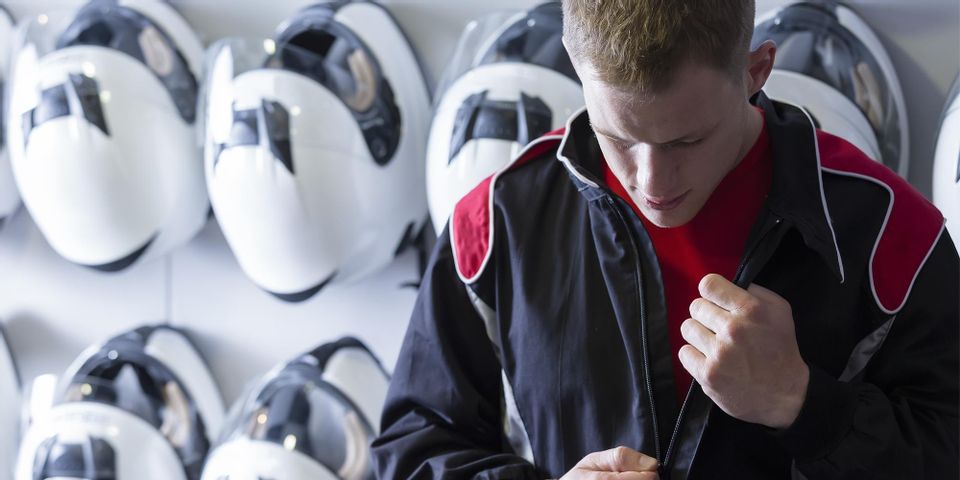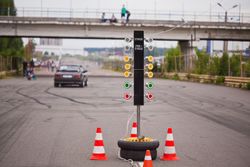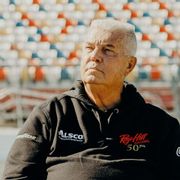The Difference Between Circuit & Drag Racing

In the world of auto racing, there are various events to enjoy. Two of the most popular, however, are circuit and drag racing. But, if you’re new to the sport, you may not know the objective of each race. Learning the rules and the differences between the races allows you to immerse yourself in the sport and enjoy it with more seasoned fans. Here’s how circuit racing and drag racing differ.
What’s Circuit Racing?
Circuit racing pertains to a race of custom-designed or stock vehicles on the circuit or oval tracks with a singular goal of reaching the finish line or checkered flag first. For instance, road-racing derives its name from the use of road circuits, which are flat, twisted motorsport courses. Oval racing happens on oval-shaped tracks.
Apart from the types of racetracks, circuit racing has different classifications, according to the competing vehicles. A formula racing event — such as the Formula 1® and IndyCar® — has single-seater, open-wheeled cars. Stock car racing and sports car racing are similar; however, the former uses modified production cars while the latter involves grand tourers — often production-derived models — and purpose-built vehicles or sports prototypes for the competition.
Competing vehicles are not assigned a random position at the starting grid. It’s often decided through a qualifying round — the fastest car around the lap gets the pole position. They also have an advantage over the ones behind.
What’s Drag Racing?
 Unlike its circuit counterpart, drag racing happens on a strip of track. It is the most basic form of competition as it pits two vehicles side-by-side to perform the stunt known as dragging. Each dragster — be it production-derived or purposely built — aims to accelerate at the shortest time possible and reach the finish line.
Unlike its circuit counterpart, drag racing happens on a strip of track. It is the most basic form of competition as it pits two vehicles side-by-side to perform the stunt known as dragging. Each dragster — be it production-derived or purposely built — aims to accelerate at the shortest time possible and reach the finish line.
Drag racing events happen on straight, short-distance tracks, which measure one-fourth and one-eighth of a mile. Most drag races implement the bracketing system to determine who gets eliminated and advances to the next round.
In bracket racing, drivers give their dial-in or expected elapsed time, which is the start-to-finish period. So, when a racer is faster than their dial-in or index, it is called a breakout. In competitions with a breakout, the driver closest to their index wins. However, for events without breakouts, the fastest one wins.
Races start electronically via the Christmas tree, a column of lights for each lane. It displays the indicator bulbs for pre-stage and stage, which are triggered when the front wheels interrupt the light beam. The three-amber start system, on the other hand, flashes before the green light turns on to begin the race.
If you want to experience drag racing first-hand, head to Roy Hill’s Drag Racing School, the premier racing school in Sophia, NC. Since 1989, they’ve offered various auto racing classes to young and old alike under the guidance of owner Roy Hill. It’s also home to one of the top drag race tracks in the country. Call (336) 498-4875 for bookings, or check out their class schedules online.
About the Business
Have a question? Ask the experts!
Send your question

